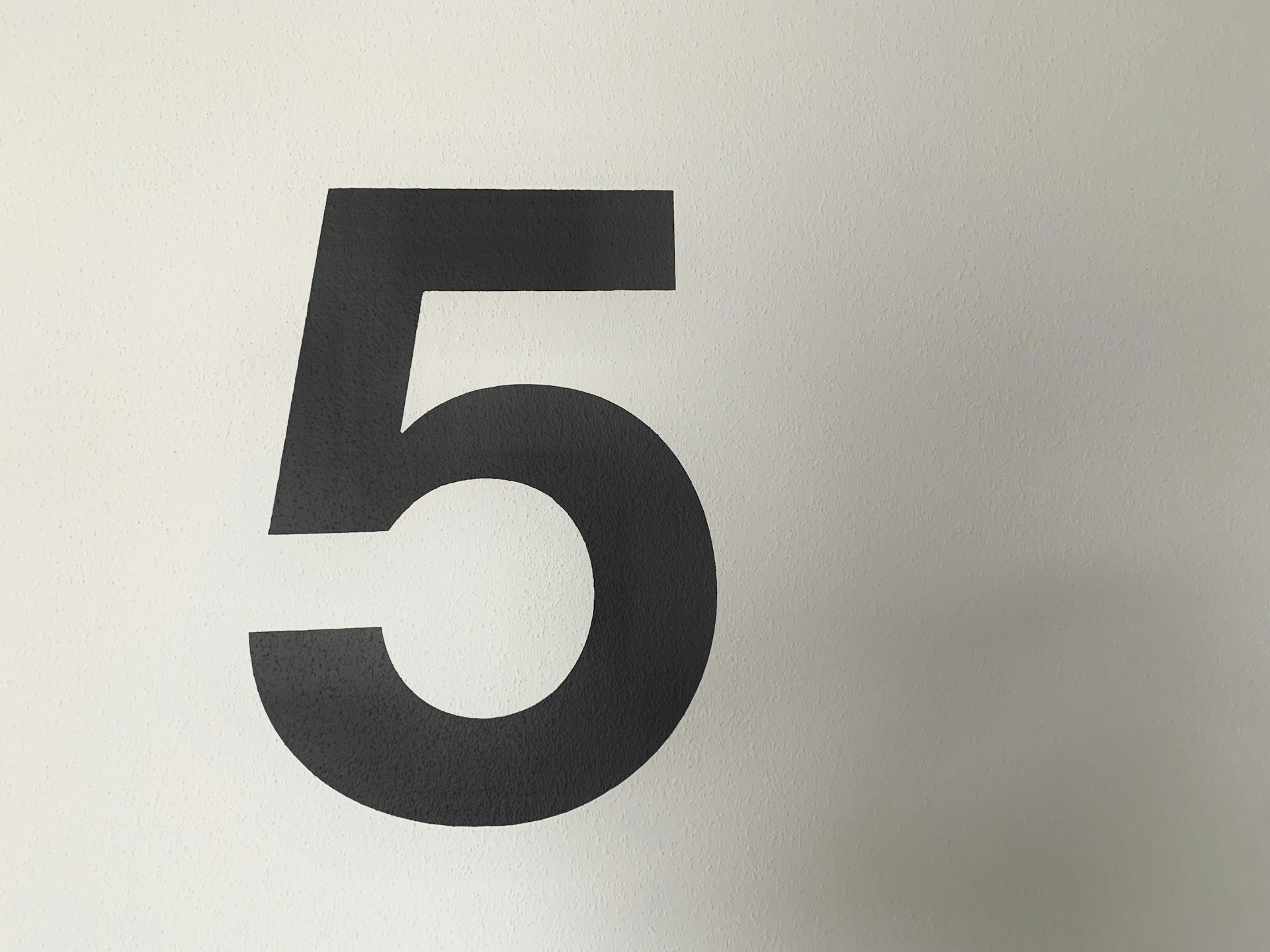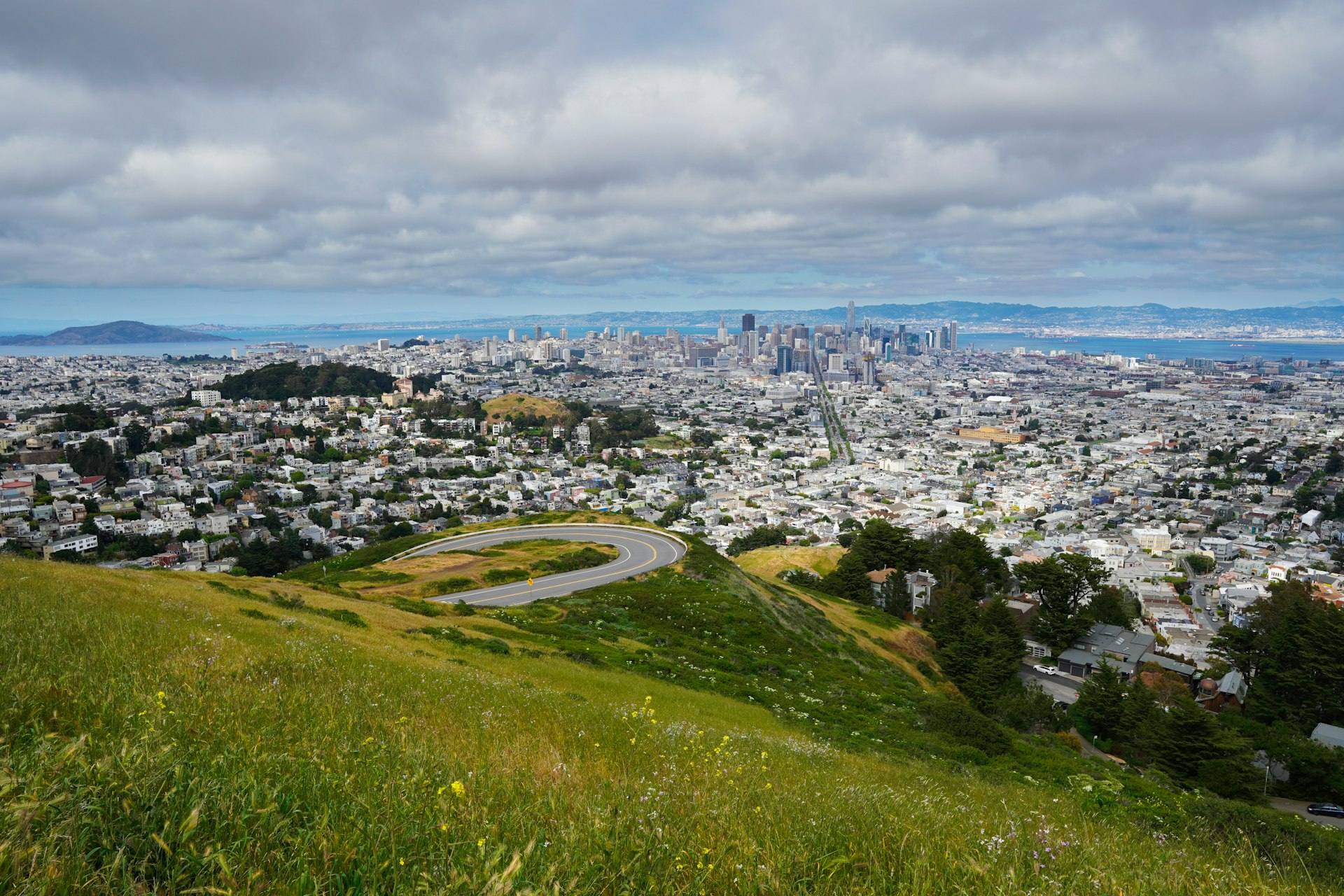Abstract Expressionism: Origins, Impact, and How to Explore Its Legacy Today

Photo by Europeana on Unsplash
Introduction: Abstract Expressionism and Its Enduring Influence
Abstract Expressionism stands as a pivotal art movement that reshaped the trajectory of modern art in the mid-20th century. Emerging in the United States after World War II, it marked a break from European traditions and established New York as a new center of artistic innovation [5] . This article traces the history, key figures, artistic methods, and ways to access and engage with Abstract Expressionist resources today.

Photo by Marija Zaric on Unsplash
Historical Background and Formation of the Movement
The seeds of Abstract Expressionism were planted in the 1930s, when artists in the United States began to absorb influences from European modernism, including Surrealism, Cubism, and German Expressionism [1] . The devastation of World War II led many artists to seek new forms of expression that conveyed the complexities and anxieties of the era. By the late 1940s, several American painters-most notably Jackson Pollock, Mark Rothko, Willem de Kooning, and Barnett Newman-had pioneered highly original approaches to painting that emphasized abstraction, spontaneity, and personal symbolism [2] .
Art collector Peggy Guggenheim played a crucial role in promoting the movement, commissioning Jackson Pollock’s breakthrough mural in 1943. This commission propelled Pollock into the spotlight, and his innovative drip technique soon became emblematic of Abstract Expressionism [1] .
Key Artists and Techniques
Abstract Expressionism encompasses a diverse range of artistic practices, but two primary tendencies emerged:
- Action Painting : Exemplified by Jackson Pollock, this approach involves dynamic, gestural applications of paint, often using dripping, pouring, or splattering techniques. The process itself becomes part of the artwork, emphasizing the artist’s physical engagement with the canvas.
- Color Field Painting : Artists like Mark Rothko and Barnett Newman focused on large fields of color designed to evoke emotional responses. Their work often featured simple compositions and subtle color gradations that invite contemplation.
Other influential figures include Clyfford Still (whose monumental abstractions helped define the movement’s scale), Arshile Gorky (whose lyrical abstraction bridged Surrealism and Abstract Expressionism), and Hans Hofmann (a key teacher and mentor whose ideas on color and spatial relationships shaped generations of artists) [3] .
Philosophy and Cultural Significance
Abstract Expressionism was not just about technique-it reflected broader philosophical currents, including existentialism and a growing interest in psychology and the subconscious. Many artists believed that their work could communicate universal truths about the human condition, not simply personal emotion [5] . The movement’s rebellious and improvisational spirit challenged traditional notions of representation and composition, paving the way for future developments in contemporary art [4] .
Importantly, Abstract Expressionism was the first American art movement to achieve international recognition, shifting the center of the art world from Paris to New York. This transformation created new opportunities for American artists and galleries, and it continues to influence art, design, and culture today.
Practical Guidance: Engaging with Abstract Expressionism Today
For those seeking to explore Abstract Expressionism, a variety of resources and opportunities are available:
- Visiting Museums and Exhibitions : Major museums such as the Museum of Modern Art (MoMA) in New York and the San Francisco Museum of Modern Art (SFMOMA) regularly feature works by Abstract Expressionists. To find current exhibitions, visit the official websites of these institutions or search for “Abstract Expressionism exhibitions” using reputable sources.
- Educational Resources : Online platforms like Smarthistory provide accessible introductions to the movement, artist biographies, and analysis of key works. For deeper study, university art history departments and academic journals offer extensive research and commentary.
- Learning Techniques : Many community art centers and online courses offer workshops on Abstract Expressionist methods, such as action painting and color field techniques. To locate classes, search for “Abstract Expressionism workshops” in your area or consult local art schools and continuing education programs.
- Connecting with Artists and Collectors : Galleries specializing in postwar American art, such as the Gagosian Gallery or Pace Gallery, frequently showcase Abstract Expressionist works. You can join mailing lists or attend events to network with artists, collectors, and scholars.
- Accessing Grants and Opportunities : Organizations like the National Endowment for the Arts (NEA) offer grants that may support research or creative projects related to Abstract Expressionism. To explore funding options, visit the NEA’s official website and search for relevant grant programs.
If you are unable to verify a specific link, it is best to search for the institution or opportunity by name using trusted search engines or consult reputable arts directories. Many museums and galleries also offer virtual tours and digital archives, allowing you to explore Abstract Expressionist works remotely.
Challenges and Alternative Approaches
Accessing original Abstract Expressionist works may be challenging due to their rarity and value. However, high-quality reproductions and educational materials are widely available. If you are interested in practicing Abstract Expressionist techniques, start by experimenting with non-representational forms, spontaneous gestures, and bold color contrasts. Online forums and artist collectives can provide feedback and support for your creative process.
For those seeking a more academic approach, consider enrolling in art history courses or attending public lectures at universities and museums. Many institutions also host panel discussions, symposia, and artist residencies focused on Abstract Expressionism and its legacy.
Key Takeaways and Next Steps
Abstract Expressionism remains a dynamic and influential movement that continues to inspire new generations of artists and thinkers. Whether you are an aspiring artist, student, collector, or enthusiast, there are many pathways to engage with its history and techniques:
- Visit museums and galleries to view seminal works
- Utilize online educational platforms and academic resources
- Participate in workshops or community art projects
- Seek grants and professional opportunities through recognized arts organizations
- Network with experts and attend public events
By taking these steps, you can deepen your understanding of Abstract Expressionism and connect with its enduring legacy in art and culture.
References
- TheArtStory (2011). Abstract Expressionism Movement Overview.
- StudioBinder (2025). Art History Timeline – A Guide to Western Art Movements.
- Wikipedia (2002). Abstract expressionism.
- Humanities LibreTexts (2023). Abstract Expressionism Overview.
- Smarthistory (2015). Abstract Expressionism, an Introduction.



